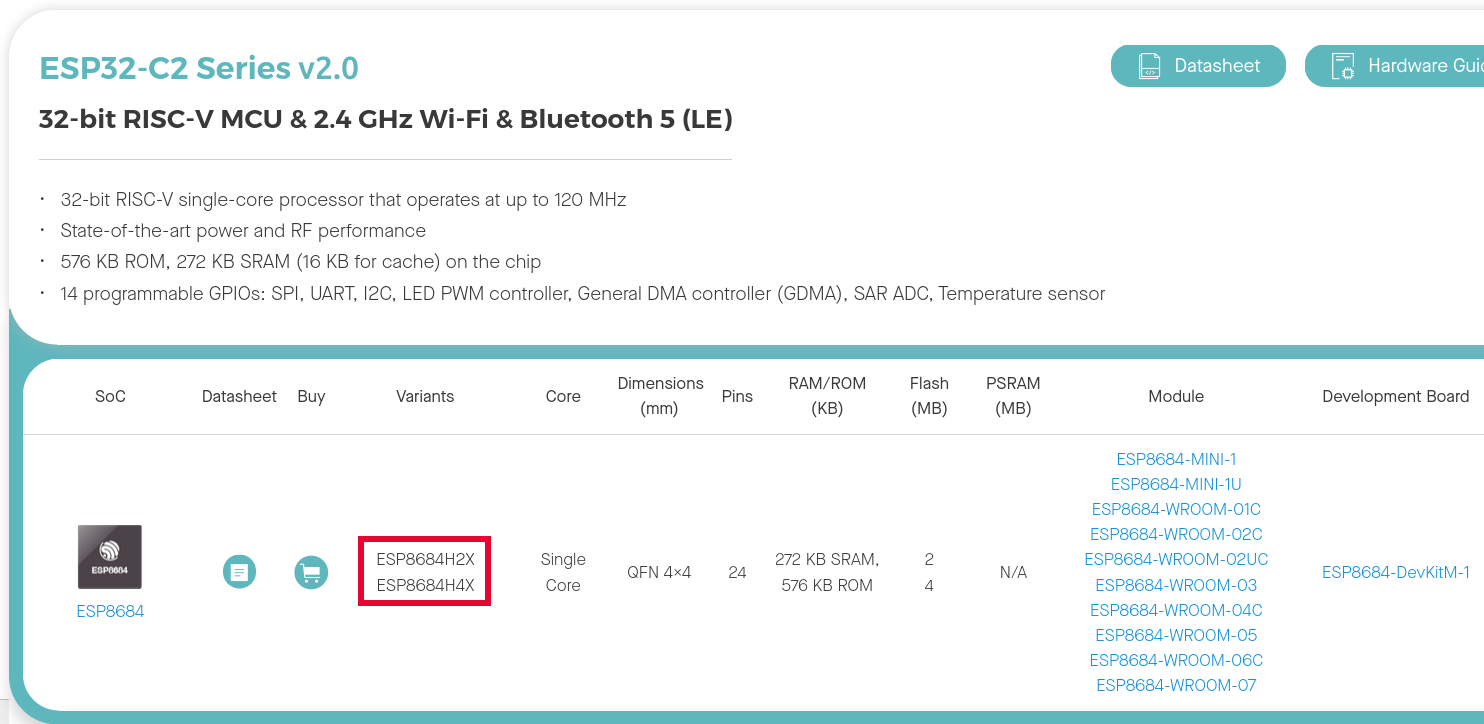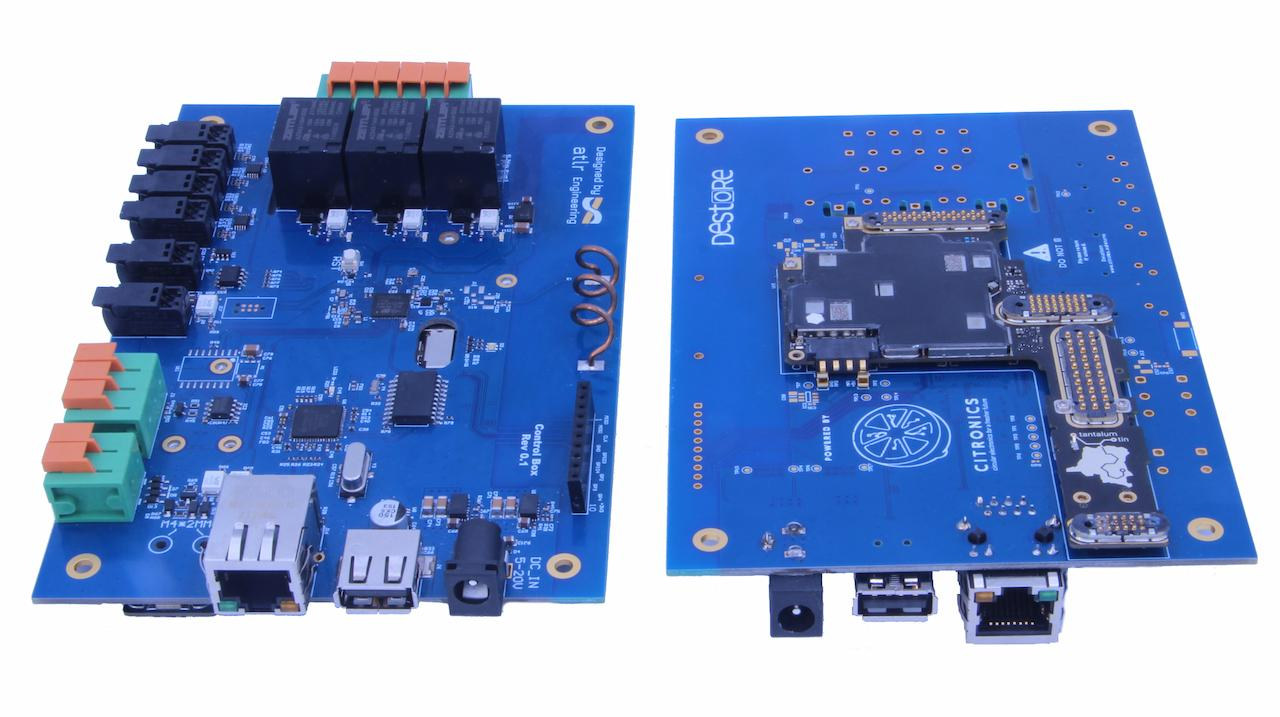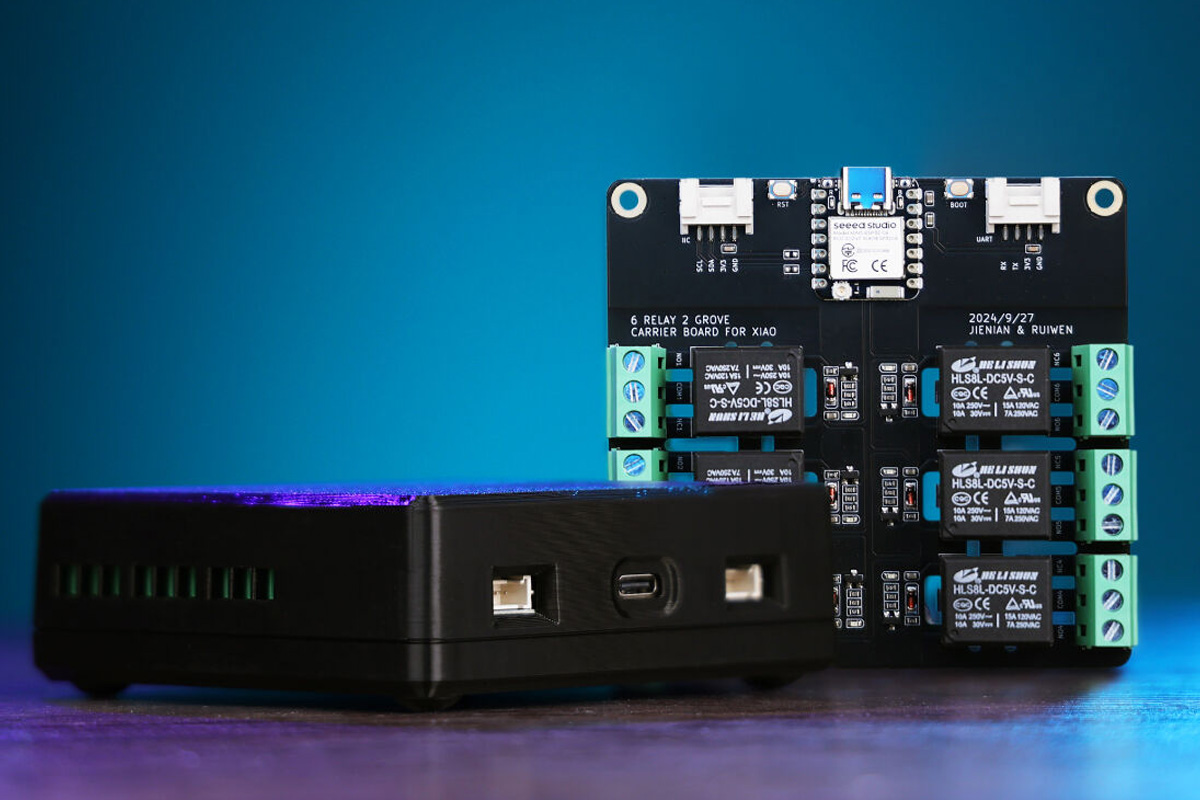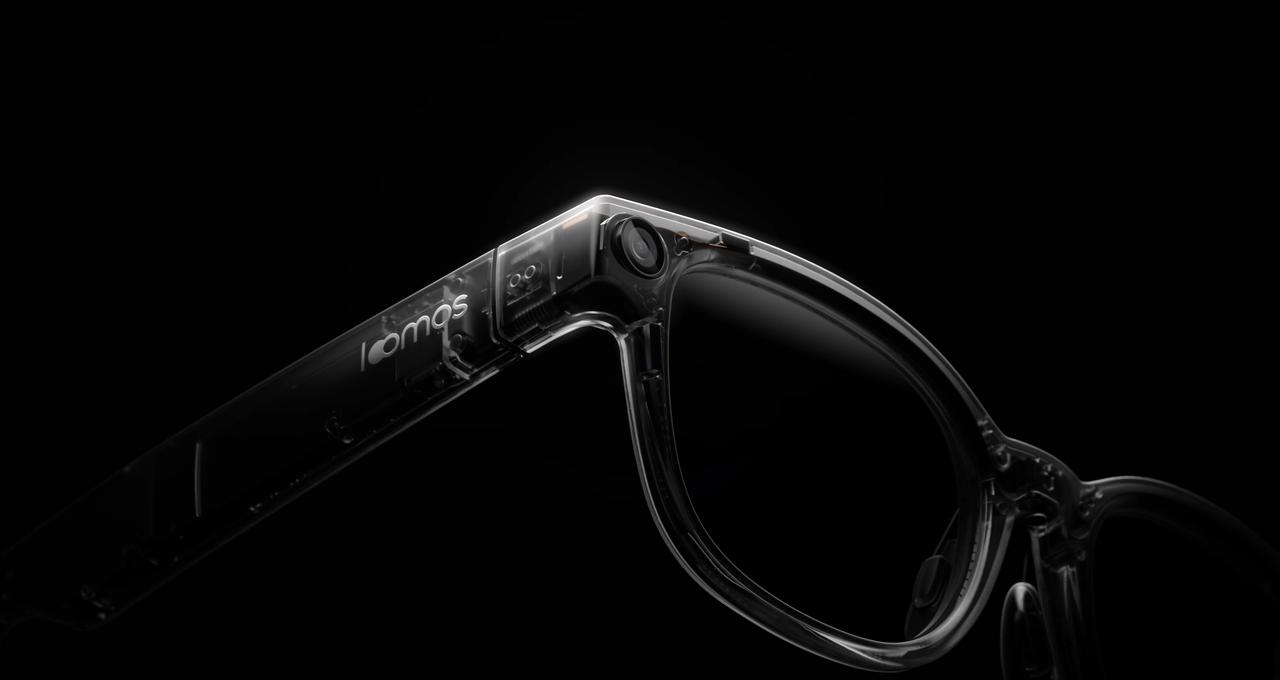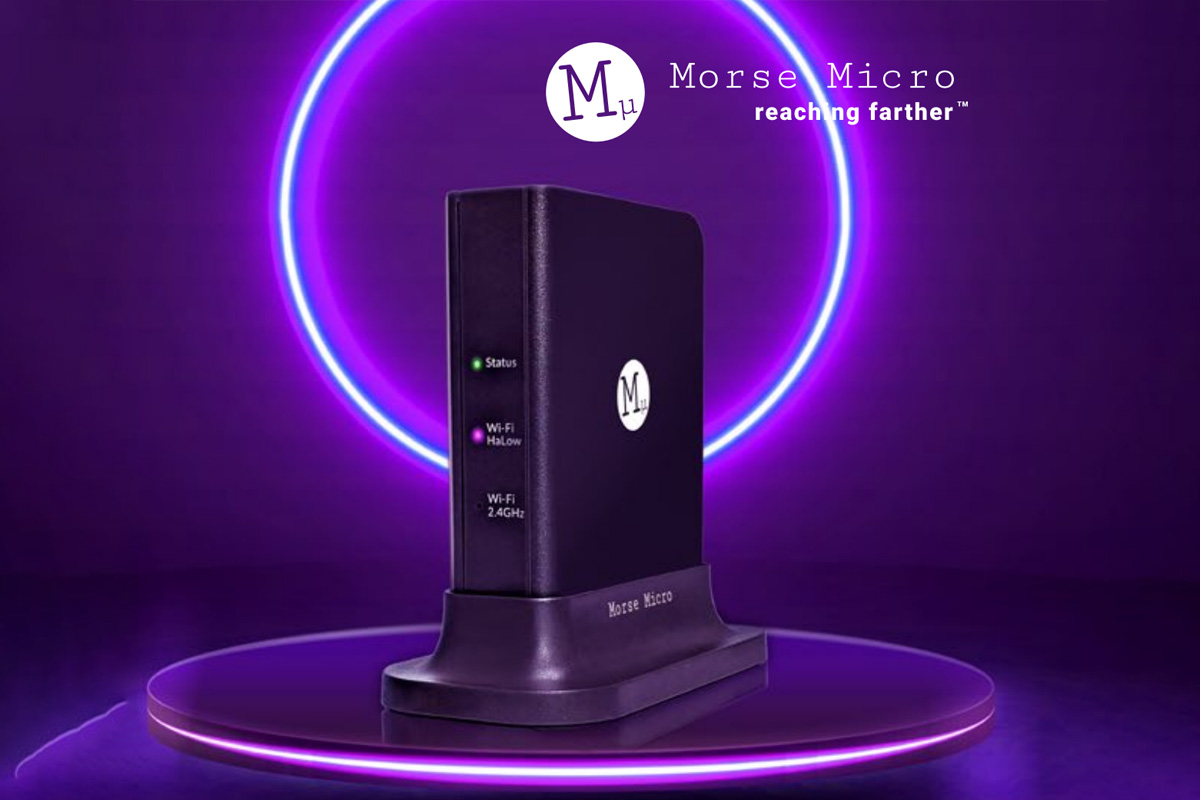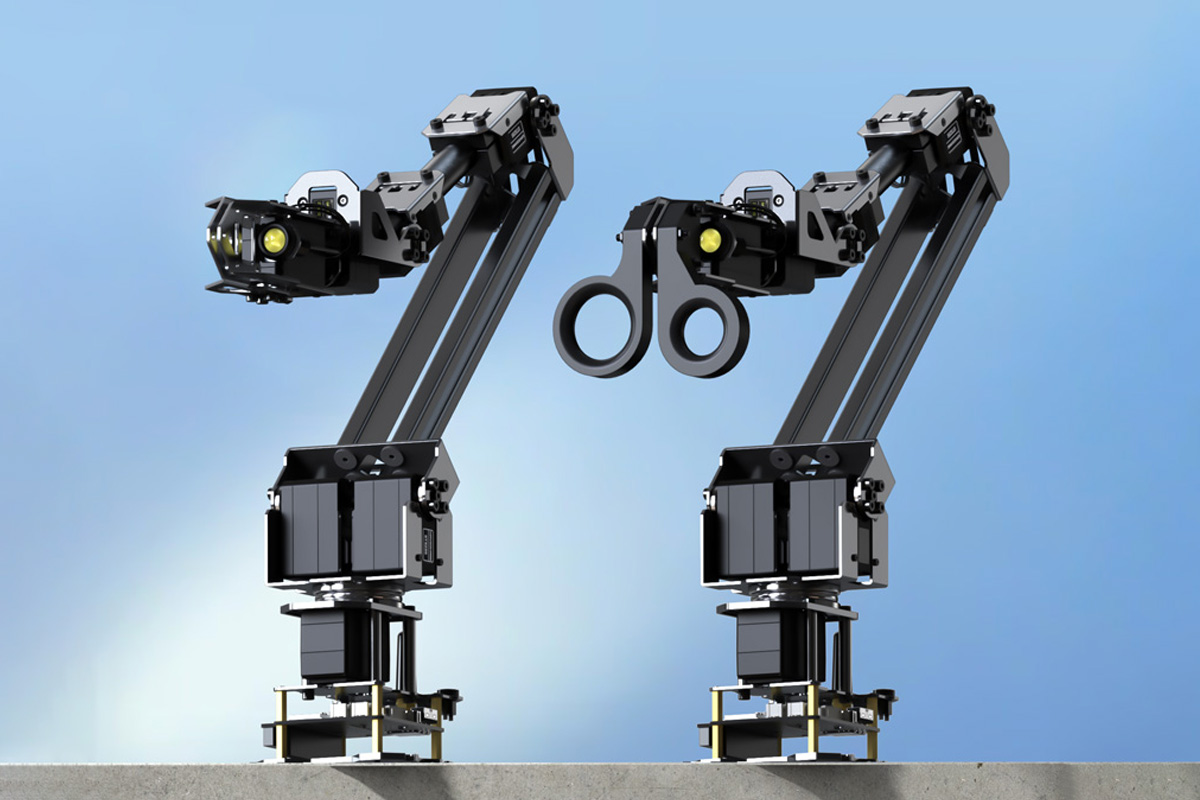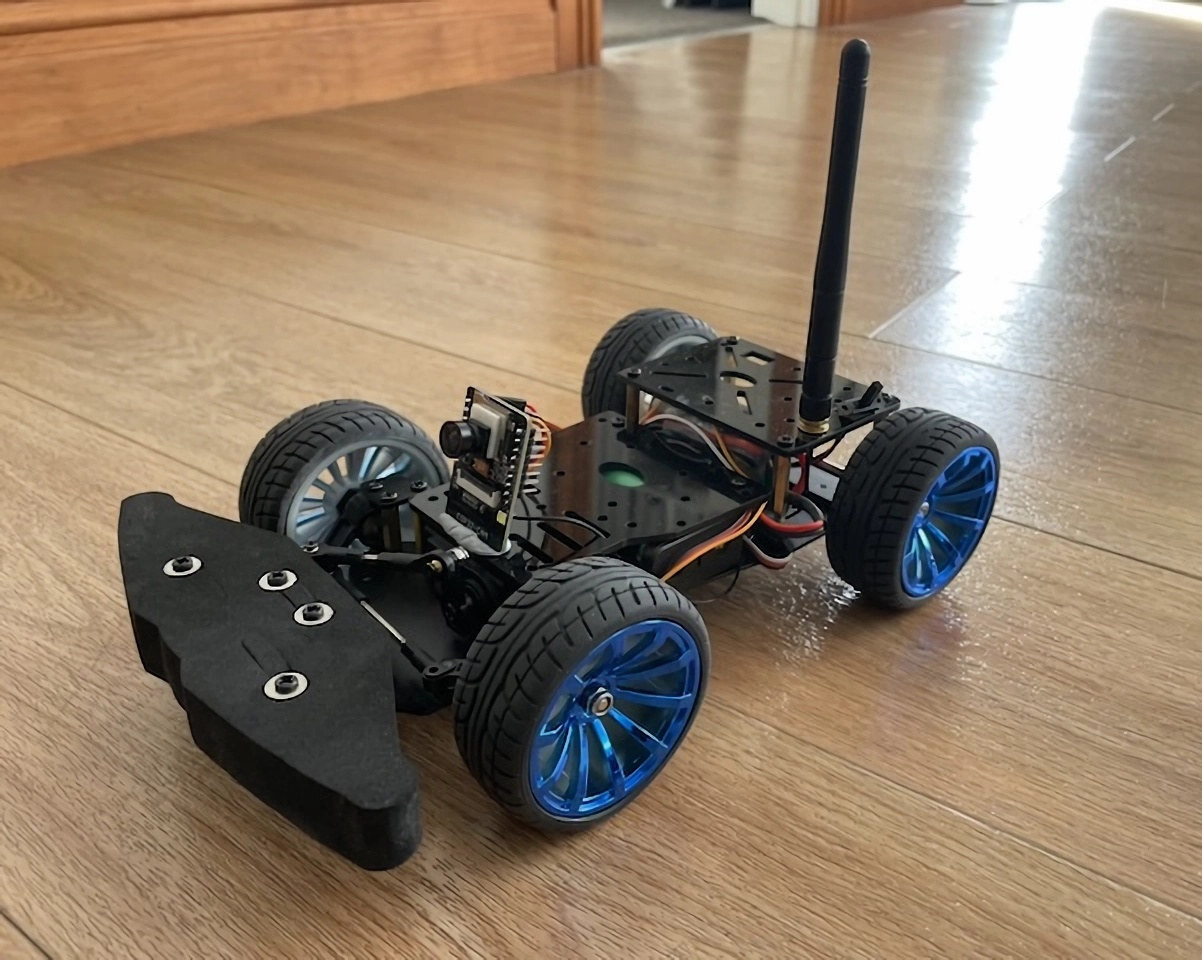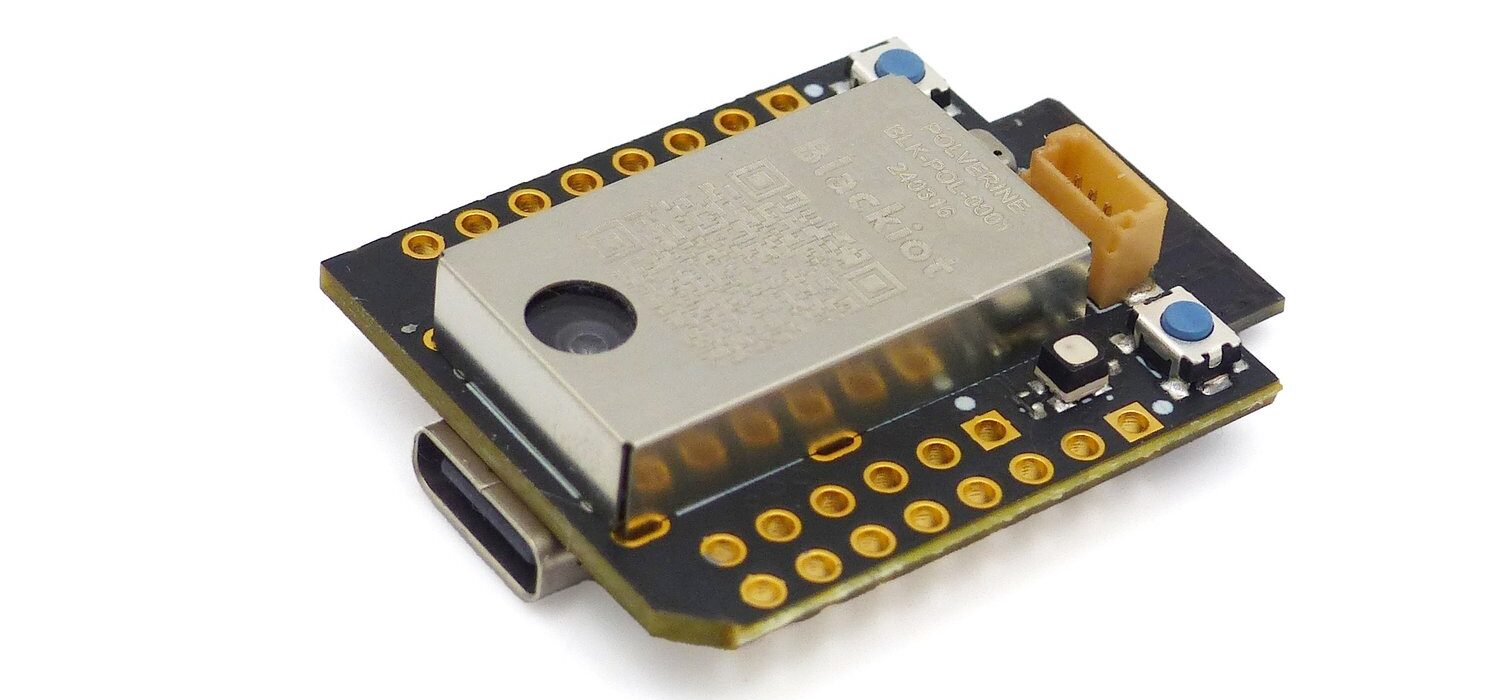Espressif ESP32-C2 (ESP8684) has been updated to v2.0 with 20 KB of additional SRAM, 100 KB of extra flash, with some improvements in terms of erase and program performance. The ESP32-C2 was first unveiled in April 2024 with limited details, and launched in October of the same year as the ESP8684 SiP combining ESP32-C2 die with 4MB flash, as well as a few ESP8684 modules and the ESP8684-DevKitM-1 development board. The ESP32-C2 is meant to be a cost-down version of the ESP32-C3 with less RAM and peripherals, and the ESP32-C2 v2.0 slightly improved on that with parts adding X to the name: ESP8684H2X (2MB flash) and ESP8684H4X (4MB flash). Modules and devkit names are also impacted, albeit not shown yet in the screenshot below. The part names had to be updated because chip revision v2.0 and previous chip revisions are not software-compatible, so Espressif had to update the ordering codes […]
Citronics built a router based on the Fairphone 2 mainboard
Belgium-company Citronics has designed a router based on the mainboard of the Fairphone 2 smartphone, connecting the Qualcomm Snapdragon 801 “system-on-module” to a carrier board with Ethernet, USB ports, and other connectors, while leveraging 4G LTE, WiFi, and Bluetooth connectivity from the phone’s core board. Citronics calls this type of hardware “Circular Microcomputers,” which refers to small computers focusing on sustainability and circular economy principles using parts from discarded devices like old smartphones. There’s actually more than one router, as Citronics designed its own development kit, and also partnered with other companies to design custom gateways based on the Fairphone 2 mainboard. Let’s have a look at the devkit first. Citronics devkit: Fairphone 2 mainboard SoC – Qualcomm Snapdragon 801 (MSM8974AB) quad core Krait 400 processor @ up to 2.26 GHz with Adreno 330 GPU System Memory – 2 GB LPDDR3 Storage – 32GB eMMC flash Connectivity – 2G/3G/4G LTE, […]
ESP32-C6-based Wi-Fi relay board features six 10A relays, supports Home Assistant, 3D printed enclosure
Seeed Studio’s XIAO 6-Channel Wi-Fi 5V DC Relay is a compact ESP32-C6 Wi-Fi relay board built around the XIAO ESP32C6 module which supports Wi-Fi 6, BLE 5.0, Zigbee, and Thread connectivity. Designed for remote control and automation, the device comes with pre-installed ESPHome firmware and features six independent relay channels, each supporting 10A at 30V DC or 250V AC, making it ideal for simultaneously controlling multiple DC or AC devices. The board also has two grove ports for sensors and actuators, making it suitable for home automation, industrial control, energy management, smart agriculture, and other applications. XIAO 6-Channel Wi-Fi 5V DC Relay Board Specifications Main module – XIAO ESP32C6 SoC – ESP32-C6 CPU Single-core 32-bit RISC-V clocked up to 160 MHz Low-power RISC-V core @ up to 20 MHz Memory – 512KB SRAM, 16KB low power SRAM Storage – 320KB ROM, and 4MB flash Wireless – 2.4 GHz WiFi 6, Bluetooth […]
Loomos AI smart glasses integrate GPT-4o, offer a 16MP camera and hi-fi audio for $199+ (Crowdfunding)
Chinese power supply company, SHARGE, has launched a pair of GPT-4o-powered smart glasses with a 16-megapixel camera capable of capturing 4K photos and 1080p videos. Like the Looktech AI glasses and Meta Ray-Ban series, the Loomos AI smart glasses have no onboard display. Instead, they feature a microphone array, onboard speakers, and side buttons for user control and feedback. The Loomos glasses are powered by a 2.0Ghz UNISOC quad-core processor and come integrated with the multi-modal GPT-4o for real-time AI assistance. The stated battery life is much more impressive than the competition at 40 hours of standby time (from a 450mAh battery). The company also offers a 6,500mAh neckband power bank for uninterrupted all-day wearing. The company promises security and privacy with the glasses. Data is processed anonymously with TLS encryption and users retain full control of their data. The glasses also include an indicator light to alert people around […]
HaLowLink 1 Wi-Fi HaLow gateway turns legacy devices into Wi-Fi HaLow clients via Ethernet, USB, or 2.4 GHz Wi-Fi
Morse Micro in collaboration with GL.iNet has recently showcased the HaLowLink 1 Wi-Fi HaLow gateway, which the company terms as Wi-Fi HaLow reference design and evaluation platform developed for long-range, low-power wireless connectivity for IoT applications. Built around the AzureWave AW-HM593 module with Morse Micro MM6108 silicon, it supports 1/2/4/8 MHz bandwidths. It features a MediaTek MT7621A dual-core CPU, Wi-Fi 4 module, dual Gigabit Ethernet, USB-C, and an SMA antenna connector, allowing it to work as a Wi-Fi HaLow router, access point, or extender. The device runs OpenWrt and provides an intuitive web-based UI and SSH/CLI configuration. OpenWrt also gives access to a web-based UI and SSH/CLI configuration. These features make this device useful for applications like smart homes, industrial automation, agriculture, and telecommunications. HaLowLink 1 specifications: SoC – Mediatek MT7621 dual-core, quad-thread MIPS1004K processor @ up to 880MHz System Memory – 256MB DDR3 (optional 512 MB) Storage – 32MB […]
Waveshare ESP32 robotic arm kit with 5+1 DoF supports ROS2, LeRobot, and Jetson Orin NX integration
Waveshare has recently released the RoArm-M3-Pro and RoArm-M3-S, a 5+1 DOF high-torque ESP32 robotic arm kit. The main difference between the two is that the RoArm-M3-Pro features all-metal ST3235 bus servos for durability and longevity, on the other hand, the RoArm-M3-S uses standard servo motors which are less durable for long-term use. These robotic arms feature a lightweight structure, a 360° omnidirectional base, and five flexible joints, which together create a 1m workspace with a 200 grams @ 0.5m payload. A 2-DOF wrist joint enables multi-dimensional clamping and precise force control. It integrates an ESP32 MCU, supporting multiple wireless control modes via a web app, it also supports inverse kinematics for accurate positioning, curve velocity control for smooth motion, and adaptive force control. The design is open source and with ROS2 compatibility, it allows secondary development via JSON commands and ESP-NOW for multi-device communication. Compatible with the LeRobot AI framework, […]
Build a four-wheel RC car with ESP32-CAM board and off-the-shelf parts
While there are plenty of ESP32-based wireless-controlled robot cars with a built-in camera, like the PiCar-X 2.0 or Zeus Car, it might be more fun and rewarding to build something yourself. That’s exactly what Matt Sroufe did by building his own RC car using off-the-shelf parts and an ESP32-CAM board and writing firmware for it. To get started with the build, you’ll need six main components: A 4-wheel car chassis – $47.49 on AliExpress Electronic speed controller – $5.27 on AliExpress. Matt selected the 30A version with green PCB. Dual-battery holder for about $2 on AliExpress 2x 18650 3.6V cells or 7.4V batteries purchased locally ESP32-CAM board with an external antenna and the 160° FoV camera – About $14 with board, camera, and external antenna. Bluetooth gamepad such as a PS4 controller The total should be around $80 with the batteries assuming you already own a Bluetooth gamepad. You’ll need […]
Polverine – A compact, mikroBUS-compatible environmental sensing platform with PM 2.5 and gas sensors (Crowdfunding)
Polverine is a mikroBUS-compatible environmental sensing platform featuring a BMV080 PM2.5 sensor and a BME690 gas sensor, plus an Espressif ESP32-S3-MINI-1 module to add Wi-Fi 4 and Bluetooth 5 connectivity. The onboard BMV080 sensor is described as the “world’s smallest PM2.5 sensor” at 4.2 x 3.5 x 3mm. The PM2.5 particulate matter sensor is complemented by the BME690 which measures temperature, humidity, and pressure, and detects volatile organic compounds (VOCs) for complete environmental monitoring. The board offers sufficient processing power for quick data handling, with wireless connectivity for easy integration into IoT systems and smart devices. Projected applications for the sensor platform include indoor air quality monitoring, smart homes, HVAC systems, industrial monitoring (gas leak and pollution monitoring), wearables for personal air quality tracking, and anomaly detection in emergency scenarios. We have seen other ESP32-based environmental sensor platforms such as the Sensy32 board, MoreSense MS-06, and AirGradient One, but the […]


